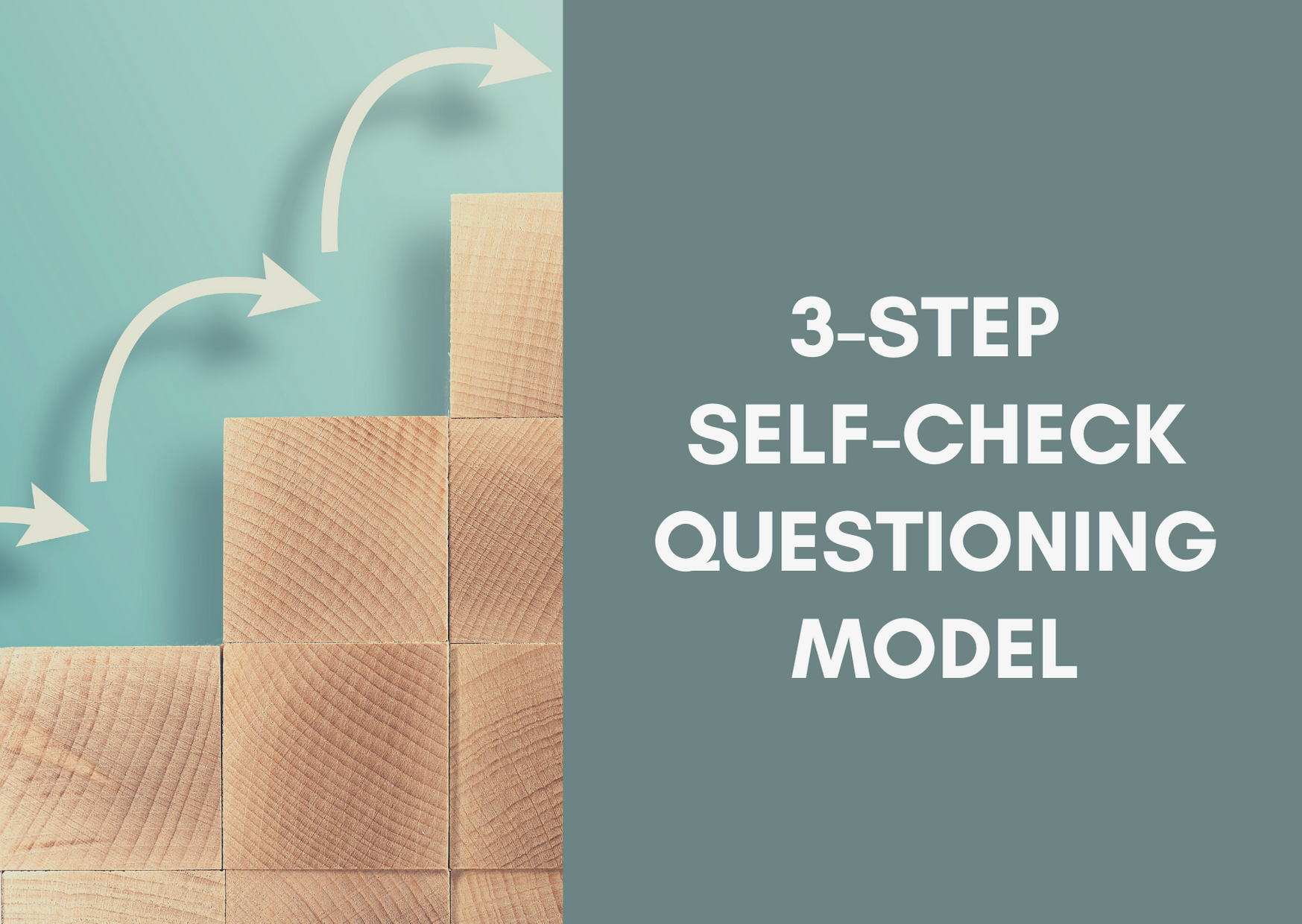Lindsey Larrabee, March 2021
At Templar we have spent over 20 years coaching and training professionals in businesses across the globe. Since the beginning of the pandemic, we have been asking our clients the same question:
“What has been your biggest professional challenge with working and leading in the remote workplace environment of today?”
The overwhelming answer has been: “DISCONNECTION…”
This also gets referred to as disruption, detachment, and disengagement. If left unchecked, workplace experiences like these become a breeding ground for workplace exclusion. This can lead quickly to marginalisation.
It doesn’t take long for these issues to have a commercial impact on the business. Innovation suffers, communication and collaboration suffer. So too motivation, employee engagement and team performance. Ultimately, this affects business KPIs.
KEY INSIGHTS IN THIS BLOG:
- Why workplace inclusion is paramount in today’s hybrid environment.
- How an inclusive culture drives employee engagement and organisational performance, and why it starts from the top.
- Practical tips for leaders to promote a culture of inclusion.
1. WHY WORKPLACE INCLUSION IS PARAMOUNT IN TODAY’S HYBRID ENVIRONMENT
Based on a 2020 survey by Wiley researchers, the remote-work transition has robbed the workplace of the fundamental connective fibers which shape many aspects of organizational culture. This leaves organizations with what is now referred to as the “Virtual Culture Dilemma.”
Many of us took for granted everyday cultural connectors. In the ‘old normal’ we had the casual drive-by collaborative chat. We had opportunities for quick post-weekend laughs and coffee-break relationship building. And, it was easier for teammates to notice when someone was having a rough day and maybe in need of extra support.
Before the pandemic in 2019 EY found that over 40% of employed American adults surveyed (across demographics) felt physically and emotionally isolated in the workplace – a number that must have increased with forced remote working.
2. HOW AN INCLUSIVE CULTURE DRIVES EMPLOYEE ENGAGEMENT AND ORGANIsATIONAL PERFORMANCE, AND WHY IT MUST START AT THE TOP
According to COQUAL (formerly, Center for Talent Innovation): “when people feel like they belong at work, they are more productive, motivated, engaged, and 3.5 times more likely to contribute to the fullest potential.”.
Connection and belonging (“inclusion”), shapes social dynamics, molding collective culture. Spatial connection – interacting face-to-face, in the same physical space – equips our interpersonal communications with nearly 70% more sensory feedback cues, providing richer feedback and enhanced trust. Disconnection and exclusion – as many are describing remote work today – result in the opposite for interactions – more miscommunications and distrust, leading to misunderstandings, lost productivity and reduced profits.
1. “What exactly is it that builds a sense of inclusion in the workplace?
2. Where do business leaders even start?”
Studies illustrate that what leaders say and do adds up to a 70% difference as to whether individuals report feeling included or not.
PRACTICAL TIPS FOR LEADERS TO PROMOTE A CULTURE OF INCLUSION, STARTING WITH THEMSELVES
WHAT MAKES A LEADER OR LEADERSHIP TEAM “INCLUSIVE?”
According to the Harvard Business Review, the most important trait in generating a sense of inclusiveness in an organisation is the “leaders’ visible awareness of bias.” This should ideally be combined with visible displays of humility and empathetic communication. Leaders who build and practice these skills are ranked better at making all those around them feel involved, developed, empowered and trusted.
Leaders need to recognise the mental shortcuts they make when judging situations especially in the less nuanced setting of a video call where non-verbal responses are harder to gauge.
Here are three tips to help organisational leaders, managers, and professionals drawn from the fundamentals of cognitive behavioural sciences:
VISIBLY GIVE YOUR UNDIVIDED ATTENTION
Make them feel heard
Explicitly limit distractions (close email, silence phones, etc.) to demonstrate that your attention is focused on the individual and situation in front of you. Asking more thoughtful initial and follow-up questions illustrates you’ve heard and care about what they think and have said.Listen to learn and show you understand
Be curious: “what might there be for me to learn in this interaction?” Most importantly, make them feel understood, by acknowledging what they’ve said (rephrasing) and confirm understanding (i.e. reinforce the feedback loop more in the remote environment).
AIM TO ACKNOWLEDGE AND ATTRIBUTE MORE
Make them feel seen
Inclusion is not just about being heard, but feeling you’re being seen. To achieve this as a leader find more opportunities to work hands-on with direct reports. Note contributions through the week made across team members and flag at the next team meeting – which is great for morale.Spread the love!
Leaders must adopt the intentional second-nature habit of ensuring that everyone knows that their thoughts and opinions matter. It is easy to assume quieter or more introverted individuals sitting on mute in the background haven’t got much to say. Give a heads-up at the beginning of meetings (especially virtual), that you would like to hear from everyone, and deliberately solicit input from introverts and juniors.Give trust to get trust
Demonstrate trust by delegating more and offering looser guidelines. Move from ‘managing process’ to ‘requiring outcomes’.
GET COMFORTABLE WITH QUESTIONING/CHALLENGING YOURSELF
Would you rather be right or successful?
Leaders can improve performance success rates – be it with problem solving, decision making, or assessing and prioritising projects – by questioning and challenging their own perspectives and initial assumptions.
Try this 3-step self-check questioning model, which I use to limit the influence of my own unconscious biases/brain filters. Before taking action on a meaningful decision, problem, and/or situation, I ask myself 3 questions:
- What do I absolutely know to be true about this situation/person?
- What do I not know? / If I were missing or not seeing something, what might those things be?
- Could these things have a meaningful impact on the outcome of this decision/problem/situation?
If YES: What do I need to do to gather more information and gain a better understand these things?
Explicitly ASK others to challenge you
The best leaders foster trust and inclusion by demonstrating humility. Give others a platform to share their perspectives and honest opinions, particularly perspectives that might oppose our own.
Here’s an example managers could try to solicit differing views:
“That’s my view on it, but I recognise there is plenty I could be missing– Shauna, what comes to mind for you for how else we can be looking at this?”
This is very important in the remote environment where physical separation heightens insecurities and biases. Miscommunication and misunderstanding increase as a result. This has led to two very common, innovation-stifling patterns:
- Fewer employees feeling confident to speak up virtually, and especially to speak up and publicly challenge their superiors.
- The tendency for many to stay muted in the background and hold back their ideas, rather than to try and tactically find the least awkward moment to un-mute themselves and jump in.
SUMMARY
Leaders need to act on the additional stresses placed on team members by remote and hybrid working. Good leaders strive to achieve a more inclusive organizational culture by helping everyone to build their awareness and adapt their behaviours – and not try to change their peoples’ beliefs. Behavioral sciences continue to provide a variety of ways leaders can influence this change.



